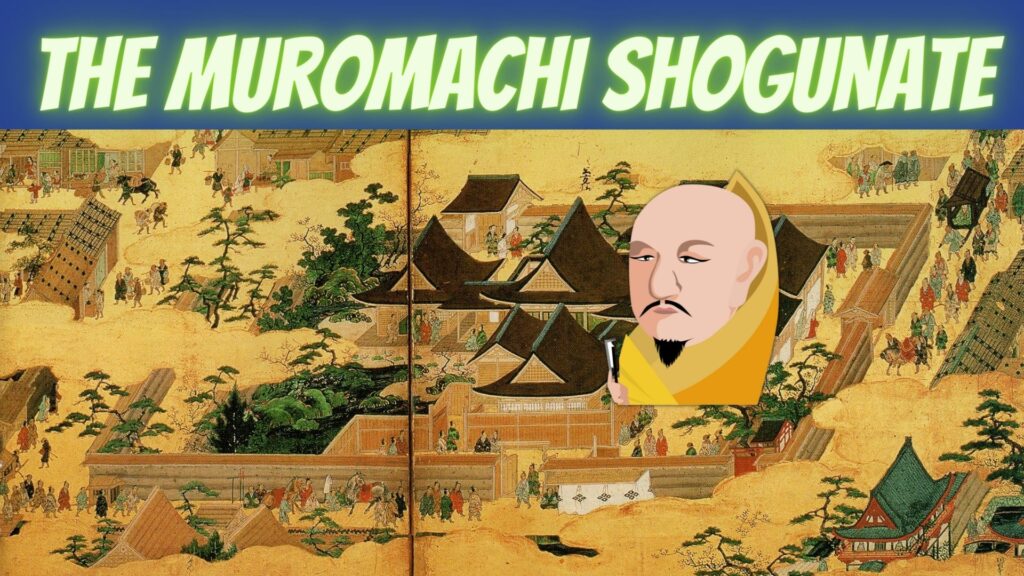Click here to go to the YouTube video

This episode is about the period of two Imperial Courts. The Kamakura Shogunate had fallen and the country was in turmoil.

After winning the battles against Yuan, the dissatisfaction of many samurais against the government increased because the Kamakura shogunate could not provide sufficient rewards to the warriors.

In Kyoto, Emperor Godaigo was looking for a chance to overthrow the Kamakura Shogunate. With the cooperation of influential warriors like Ashikaga Takauji, Nitta Yoshisada, and Kusunoki Masashige, Emperor Godaigo succeeded to destroy the Kamakura Shogunate in 1333.

Emperor Godaigo started a new emperor-centered government in Kyoto. His political reform is called “Kenmu-no-Shinsei”, or Kenmu Restoration. However, many samurais became dissatisfied with Emperor Godaigo’s politics which valued only court nobles and some newly emerged warriors. Consequently, it lasted only three years.

Ashikaga Takauji, the most influential samurai at the time, rebelled against Emperor Godaigo and established a new emperor in Kyoto. During the battles against Takauji, Emperor Godaigo lost his forces like Nitta Yoshisada and Kusunoki Masashige. Finally, he fled into the mountains of Yoshino in the south of Kyoto.

As a result, the Imperial Courts were located in both Kyoto in the north and Yoshino in the south. The two courts continued to fight each other for about 60 years.

Ashikaga Takauji established the shogunate in Kyoto. In 1338, he was appointed shogun by the Northern Court. The next year Emperor Godaigo died. The Southern Court gradually lost power and was absorbed into the Northern Court during the reign of Ashikaga Yoshimitsu, the third shogun, thus ending the period of the Northern and Southern Courts.

Ashikaga Yoshimitsu built a palace in Muromachi, Kyoto, where he conducted government, so we call the period of the Ashikaga shogunate the Muromachi period. During the reign of Ashikaga Yoshimitsu, Japan had active exchanges with East Asian countries. We will look at this in the next issue.
Thank you for reading.




Comment